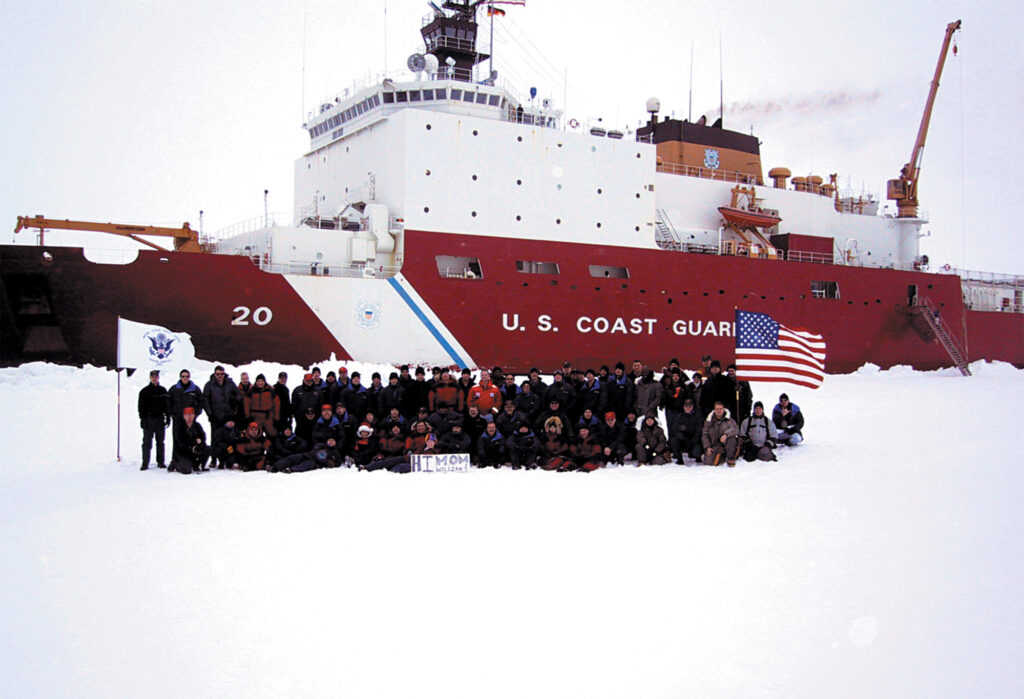Jura The idiot
General
interesting:
US Navy uses Raytheon's SeaRAM to knock out complex targets in at-sea test
US Navy uses Raytheon's SeaRAM to knock out complex targets in at-sea test
source:The U.S. Navy completed a series of test shots using Raytheon Company's SeaRAM anti-ship missile defense system, taking out several targets in a variety of scenarios that mimic today's most advanced threats to naval ships.
The Raytheon SeaRAM Anti-Ship Missile Defense System is a low-risk evolution of the proven Phalanx Block 1B Close-In Weapon System and the Rolling Airframe Missile.
The series of two shots included one in which two supersonic missiles were inbound simultaneously, flying in complex, evasive maneuvers. In both flights, SeaRAM detected, tracked and engaged the threats, and fired Rolling Airframe Missile Block 2 guided missiles which successfully intercepted the targets.
"SeaRAM achieved a new level of success today, intercepting targets under high-stress conditions," said Rick Nelson, vice president of Raytheon's Naval and Area Mission Defense product line. "The system demonstrated once again that it can provide the sophisticated protection warfighters need."
The tests were conducted on the Navy's Self Defense Test Ship off the coast of Southern California.



